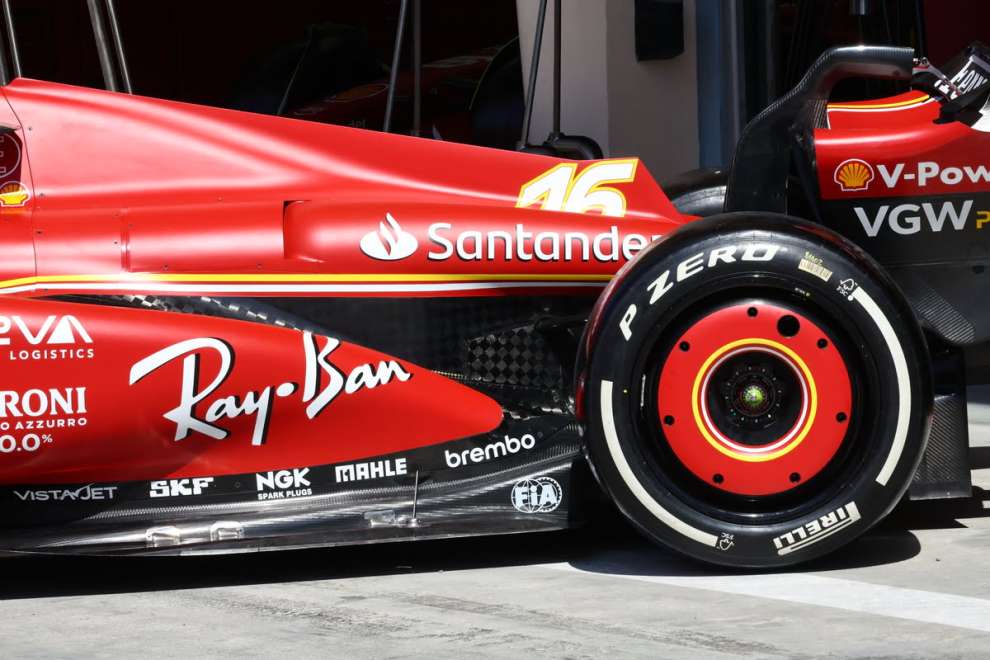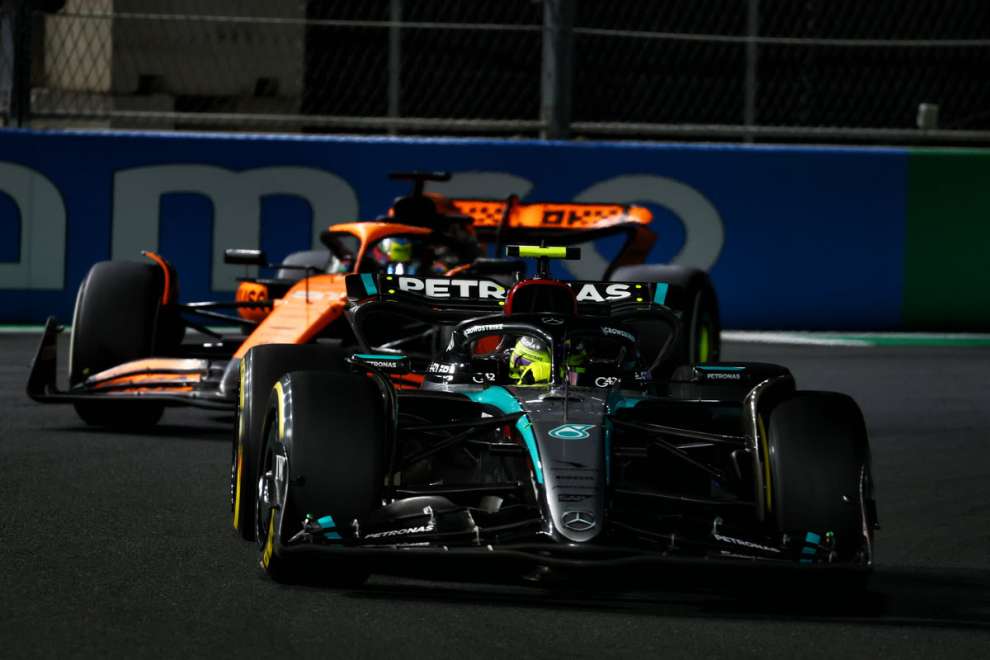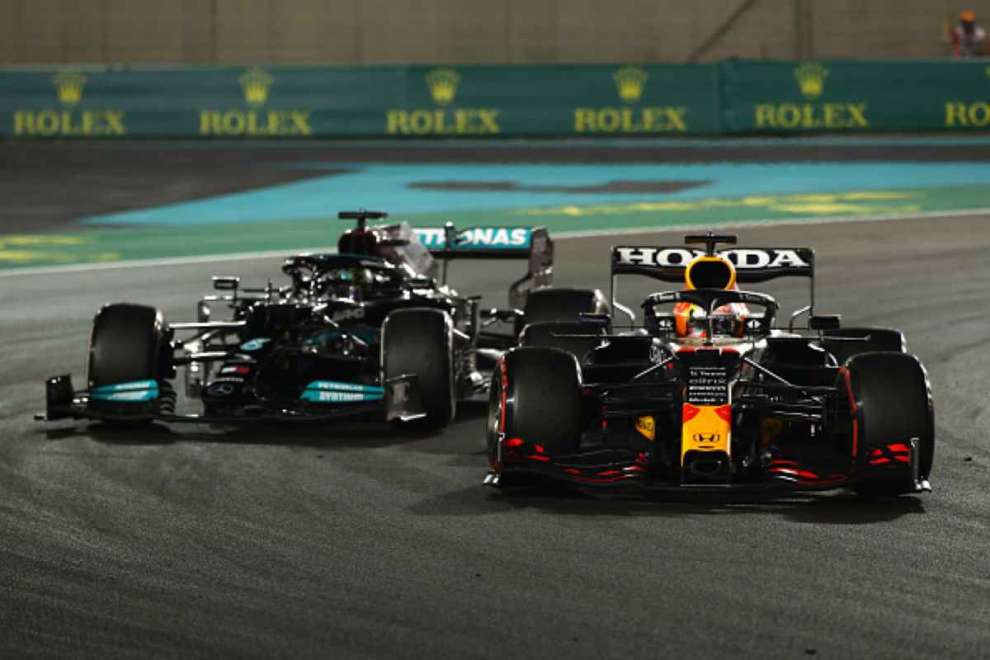By Carlo Platella
Two races and as many doubles, led by the usual Max Verstappen. The championship opens along the lines of the dominant 2023 season by Red Bull, a reply that goes against the audience numbers on the American market. In a Formula 1 with a high level of predictability in the fight for victory, the risk is to confuse the solos of the world champions with the cause rather than the effect of a poor entertainment system. The flash recoveries of Aston Martin and McLaren could divert attention from the underlying problem, that of a category where rewriting hierarchies remains prohibitive.
The data
The opening of the season sees a drop in ratings in the United States, in that market so dear to Liberty Media and the subject of recurring investments. In particular, on the occasion of the recent Saudi Arabian Grand Prix, the data tells of a loss of 40% of the audience compared to the previous edition. The race being held on Saturday instead of Sunday and the move from the first to the second ESPN channel certainly work against the visibility enjoyed by the Saudi Grand Prix, but for the owners of the Circus it represents a first alarm bell.
The hope, not too unrealistic, is that as the season continues the situation will improve. However, the comparison remains with the spectacle offered by other motorsport categories, highlighted by NASCAR driver Kyle Busch, contrasting the sophistication and predictability of current Formula 1 with the simplicity and fun of other categories. It will rightly be said that the winning streak is thanks to Max Verstappen and Red Bull, as well as a demerit of their opponents, but it is also the result of an inert system, incapable or unwilling to make the changes necessary to stem their excessive power sporty.
The Formula 1 handicap
Given its DNA, Formula 1 is the motorsport category that encounters the greatest obstacles in putting on a show on the track. The use of external variables or alternative formats, such as the NASCAR play-offs, remains foreign to the European motoring culture that permeates the Circus. Formula 1 also suffers from the handicap of being one of the few disciplines where the teams create every component of the cars, from the engine to the aerodynamics, passing through the chassis, complicating the achievement of the balance offered instead by the categories with a large number of standard components. . All without even resorting to an artificial balance of performancenow also adopted by the premier Endurance class.
In terms of race and championship dynamics, Formula E also stands out for its unpredictability on current Formula 1, with the example of overtaking for victory on the last lap during the recent Sao Paulo E-Prix. In the electric championship, however, the work of manufacturers is limited only to what is considered truly relevant for the industry. In developing powertrains, manufacturers still manage to make a difference, as demonstrated by the numerous victories of Jaguar and Porsche, but the use of standard chassis and aerodynamics ensures that the best package in the hands of the strongest driver is no guarantee of success.
Conversely, the 360° development of the car in Formula 1 makes the combination of the best car and driver a guarantee of victory, risking canceling out the variables of chance and the track. Technological complexity is what makes the Circus so fascinating as a championship fight builds, going beyond the challenges on the track and embracing the technical and political warfare behind the scenes. At the same time, however, it constitutes a significant handicap to be able to arrive at a satisfying television show.

Redundant calendar
While acknowledging the differences between Formula 1 and other categories, the motorsport panorama still offers some insights good management practices which favor the spectacle on the track. In Formula E, for example, we are witnessing the recovery of Nissan and Stellantis engines, after the excessive power of Jaguar and Porsche in the past season, even with the hardware development of the powertrains frozen. The credit goes to a sporting regulation that grants manufacturers a number of days for testing on the track, allowing them to work and make a comeback. The same goes for Endurance. Looking beyond the BoP, the kilometers clocked up on the track are among the reasons for Porsche's recovery during the winter, capable of winning the overall at Daytona and the inaugural round of the WEC with the 963.
None of this is possible in Formula 1. The return to free testing appears like a utopia for various reasons, but even the proposals to hold more collective sessions or to grant the teams a certain number of days on track are rejected by the sender. Among the reasons given, the expansion of the calendar stands out, now at 24 Grands Prix in addition to the Pirelli tests, depriving the teams of time and energy for further days of testing. The result is a slow growth of the pursuers, freezing the superior position of Verstappen and Red Bull. The symbolic image is that of Mercedes, which plans to conduct experiments during the Australian Grand Prix, with the hope of getting to the bottom of problems that would otherwise not be analyzable.

Greed problem
Liberty Media continues with its expansionist ambitions, bringing the calendar to a record 24 Grands Prix and with the prospect of further expansion. NASCAR holds over 30 races a yearwith the difference, however, of being able to leverage a technical and sporting formula that provides entertainment, without having to deal with the technological handicap faced by Formula 1. Multiplying the races increases income in the short term for the Circus, but with the result of amplifying the feeling of monotony of the championship, as well as hindering the work of the teams.

Another essential ingredient to the show is regulatory stability. It is no coincidence that the 2021 Hamilton-Verstappen fight, the best championship in modern Formula 1, has reached the 5th year of the aerodynamic regulations, the 8th for those of the power units. The engines themselves will change in 2026, a necessity to reduce costs and attract new manufacturers, reshuffling the cards compared to now, but potentially preparing the ground for another dominance. Here then a similar problem could arise again, this time without the face of Verstappen and Red Bull. The complexity of Formula 1, moreover, means that its history is a succession of cycles of domination, an awareness which however does not hide the fact that the FIA and Liberty Media have the tools to improve the situation, without distorting or simplifying the nature of the Circus.
#boredom #public #drops #fault #it39s #Verstappen39s
